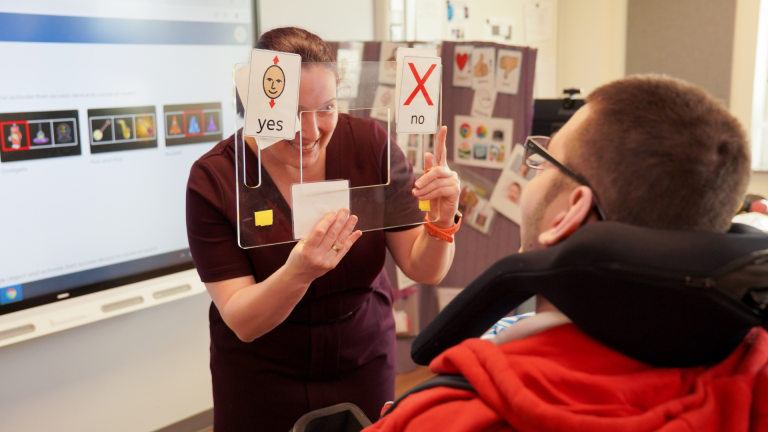Klara Koslov, head of the Big Issue Impact Advisory, discusses how ESG is falling short – particularly in social impact measurement. This is an adapted version, for Big Issue Invest, of her article originally published on Pioneers Post
Current challenges of ESG
Investors are increasingly considering ‘ESG’ – Environmental, Social, and Governance. These factors identify risks and growth opportunities as part of their investment decisions. Businesses more generally are using ESG metrics to measure their impact on the world, provide transparency, and boost their reputations. But, ESG is falling short, particularly in social impact. This is because many treat it more as a reputational issue than actively measuring its positive, material contributions.
ESG is due for a rebrand. Instead of tired controversy over relevance, the debate has moved on to how to measure the impact of investment decisions on people’s lives. Increasingly what investors – professional and private – want to see is ‘I’, real impact, independently verified.
Additionally, to assuage the critics, a raft of regulation and legislation, from the UK’s Sustainable Disclosure Requirements (SDR) to the EU’s Sustainable Finance Disclosure Regulation (SFDR), is simultaneously increasing scrutiny on ESG whilst trying to bolster trust. There’s nothing like solving a crisis of confidence in one acronym by suggesting a few more.
Delivering sustained positive change
By its very construct, ESG represents a siloed approach to tackling environmental and social issues. Whilst we increasingly see investors supporting the ‘Environment’ through recognised standards and benchmarks, with a shared understanding of carbon emissions (Scopes 1, 2, and 3, as defined by the Greenhouse Gas Protocol), addressing the ‘social’ side – the human aspect – has proven more complex.
The challenge for all organisations, particularly fund managers, against a backdrop of consumer and investor scepticism, is demonstrating real impact on what many people connect and relate to most – their communities and those who live in them. The next step is to replace purpose-driven, conceptual narratives with independently verifiable, real-life data, monitored and reported over time, against ambitious yet realistic indicators.










